Keep Up to Date with MDG
MDG News and Updates

Under the Microscope, MDG’s Microbiologist II: ALEMAYEHU DASHO
MDG’s Microbiologist II, Alemayehu Dasho, is a familiar face in the lab. From working on samples to presenting his finding to the team he does it all with a smile. What drew you to Microbial Discovery Group? I used to work in a veterinary clinic where I had a chance to treat animals with antibiotics for bacterial-related infectious diseases. After treatment, many animals have been exposed to digestion-related problems because of antibiotic effects on normal microflora. There were no products in the market like products of MDG that could be used to replace the microbial community in the gastrointestinal tract of domestic animals in the form of animal feed. Seeing this problem, I desired to work on the animal probiotic side, MDG opened that door. What does your typical day look like? Typically, my day is spent in the lab working on samples from the production facilities. Tasks I perform include plating and counting colonies on each plate for finished products, cultures and fermentation samples in addition to DNA extraction of culture and fermentation samples. What are you passionate about? I am passionate about self-development and learning new things through involvement in different projects. […]
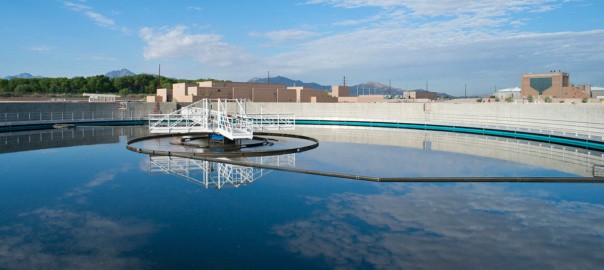
Alternatives to Ferric Chloride Offer Superior Economic and Treatment Improvements
Similar to many other chemicals, the price of Ferric Chloride has fluctuated over the years. While customers can typically handle slight changes, the industry has seen fluctuations in pricing, as large as, 4X the previous market average in recent years. For small to medium wastewater treatment plans, a price increase on a high-demand product, such as Ferric Chloride, encourages operators to search for alternative treatments. Does MDG offer a replacement to Ferric Chloride? Bioaugmentation is a direct replacement to Ferric Chloride that offers superior economic and treatment benefits in two main applications. Hydrogen Sulfide (H2S) Control: Ferric Chloride is often used as a sulfur binder in anaerobic digestors, aerobic sludge digesters, collections systems, force mains and lift stations as a sulfur binder. The Biotifx® line offers alternative products specifically focused on H2S abetment, backed by case studies and in-field success. Settling in Secondary Clarifiers: Ferric Chloride is used as a settling aid and percipient in primary and secondary clarification. Secondary clarification for biological waste activated systems that use Ferric Chloride can be replaced with bioaugmentation to improve the settling of that system. Is Bioaugmentation an easy switch from Ferric chloride? Bioaugmentation is a simple switch featuring a small footprint and minimal […]
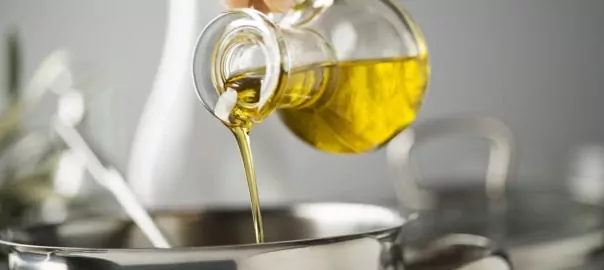
Oil vs. Bacillus
If you’re in the business of keeping your customers’ kitchens running safe and clean, you’re aware of the impact cooking oil can have over time on drains and pipes. A lot of fats, oils, and grease (FOG) can build up in systems like grease traps, sewage systems and industrial systems. Eventually, the FOG from both commercial and residential food preparation can accumulate in pipes and lead to major issues like sewer overflows, problems at pumping stations and odors. Let us now introduce you to your new best friend, Bacillus – a type of bacteria that thrives on the rich nutrients found in FOG. At MDG, we created a Bacillus-based treatment called SporActiv® for the janitorial and sanitation market that effectively digests FOG through bioaugmentation. Using a Bacillus-based solution instead of physical or chemical treatments is cost-effective in that it helps reduce the need for cleaning or pumping FOG from grease traps and lift stations. To demonstrate the effectiveness of our Bacillus at reducing FOG, we conducted a lab experiment, where we added olive oil or vegetable oil to liquid media, treated with SporActiv® Core, and measured the bacterial activity. There was an increase in bacterial activity in the presence of all three types of oil, indicating that the Bacillus were able to use the oils as a food […]
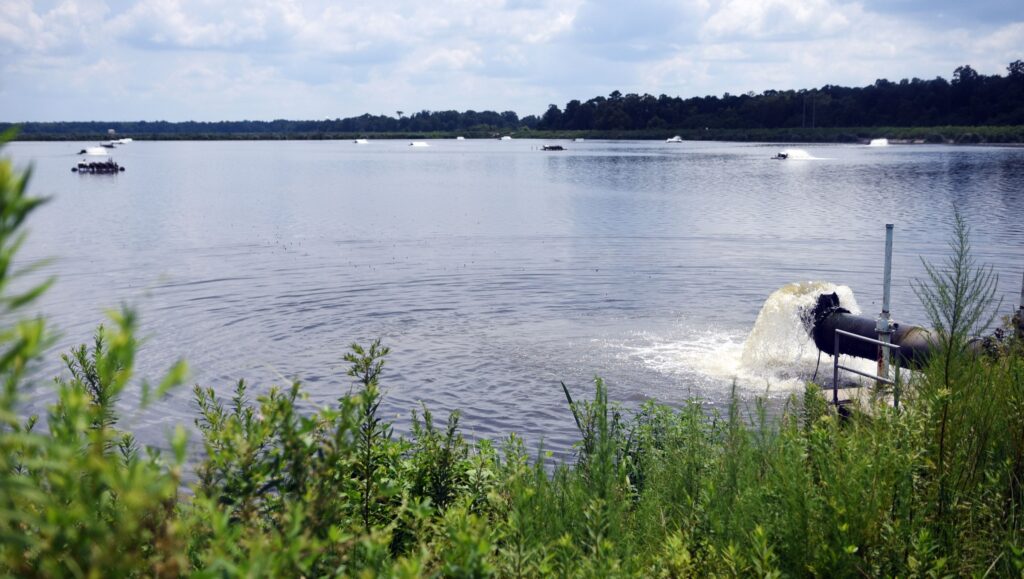
New Lagoon Microbial Treatment
Franklin, WI – Microbial Discovery Group (MDG), a leading Bacillus fermentation company, announced the newest addition to their Biotifx® wastewater treatment line – 40B Water Soluble Packets. The Biotifx® 40B Water Soluble Packet is a highly concentrated, microbial treatment for lagoons and other large wastewater systems. The powder is pre-measured and the packaging dissolves in water, making it easy for operators to apply. Effective within a variety of wastewater applications, the Biotifx® 40B Water Soluble Packet alleviates challenges associated with sludge, fats, oils, grease (FOG), odor and hydrogen sulfide (H2S). “These packets are 10 times the strength of MDG’s standard treatments and are 10-40 times the strength of some of our competitors,” said Sona Son, Director of Research and Development. The product is formulated with MDG’s Biotifx® blend of bacterial strains that are scientifically selected for their ability to degrade a broad range of organic material. It is enhanced with the addition of a proprietary blend of micronutrients and wastewater biostimulants to heighten performance of the microorganisms. “There’s nothing like it on the market. It’s the strongest, ready-to-use bioaugmentation product that exists today,” says Mike King, President. Relative to competing chemical and microbial products, Biotifx® 40B Water Soluble Packets save costs by reducing labor of application, waste (pails), storage and inventory needs, dosing equipment […]
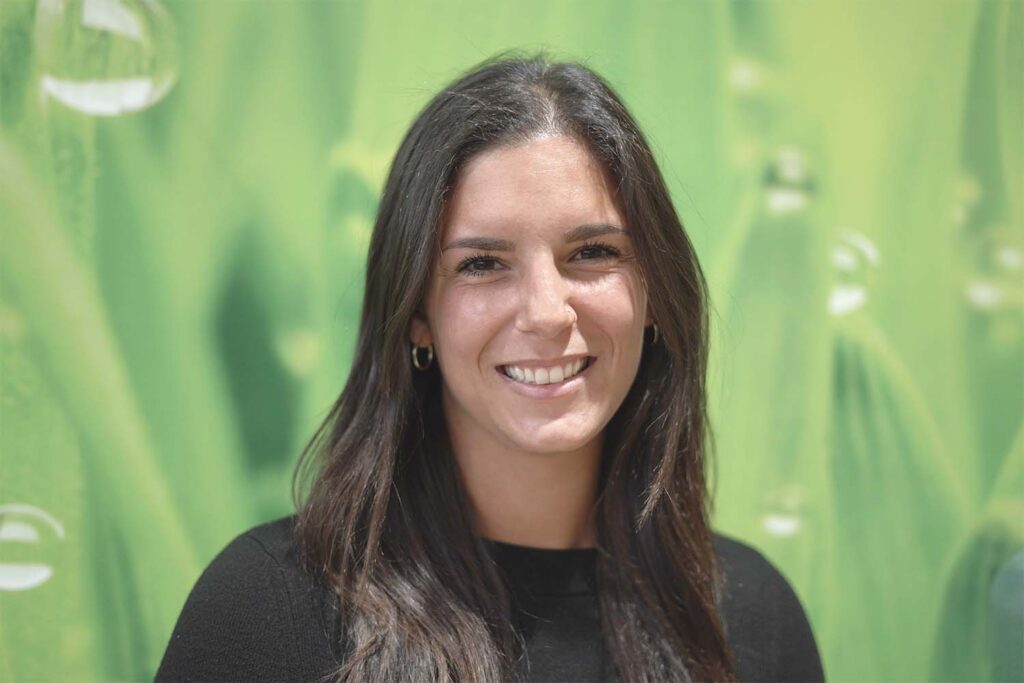
Under the Microscope, MDG’s Industrial & Institutional Sales Manager: Jenna Trusso
Jenna Trusso, Industrial & Institutional Sales Manager, is always ready to offer a helping hand. We recently sat down with the head of our Feed Clean Save program to learn more about how it has grown and what’s planned for the future What is the MDG Feed Clean Save Committee? MDG’s vision is to Feed, Clean and Save the World. While our products do that each and every day, our employees also like to extend efforts locally through volunteer projects. The FCS Committee is a group of employees who plan and execute activities in support of our local community. Each organization we work with contributes to an aspect of FCS. In addition to volunteer projects, the FCS Committee also keeps our vision top of mind for employees as it is a huge part of our culture. We like to say that everyone can make a difference, but only through action… the FCS committee is all about action. What is your role in the committee? Alongside the other members of the FCS committee, I assist in setting goals for the year, help to plan activities and participate in all events. As head of the committee, I get to take on a […]

How to Increase Your Sales
Could you benefit from higher income per sales hour? Lower hours spent per close? Higher close rates? This is what’s possible when you distribute quality, science-backed bioaugmentation solutions that are paired with an easy-to-understand, product education program for your sales team. Premium Solutions + Effective Training = Success At MDG, we’ve taken the time to work with the scientific community to not only understand what’s taking place inside wastewater systems, but also how to improve the efficiencies within. This knowledge of the wastewater industry has helped us develop products and an effective training program that allow you to increase your sales while expanding business with your current customers. At MDG our tagline is Real Science, Trusted Process and Proven Success. MDG refines and delivers products and ideas by applying Real Science to a Trusted Process, yielding Proven Success. Here’s a look at what’s possible when you partner with a wastewater treatment manufacturer like MDG and distribute Biotifx® solutions. Sales Per Hour When selling Biotifx® solutions, specifically for lagoon treatment, a team of 5 sales representatives can typically expect to make $1,042 per hour on average after 1-6 months of onboarding. After 7-12 months, that dollar amount typically increases to about $2,083 per hour. These numbers are based on historic data and are possible when your team completes our thorough […]
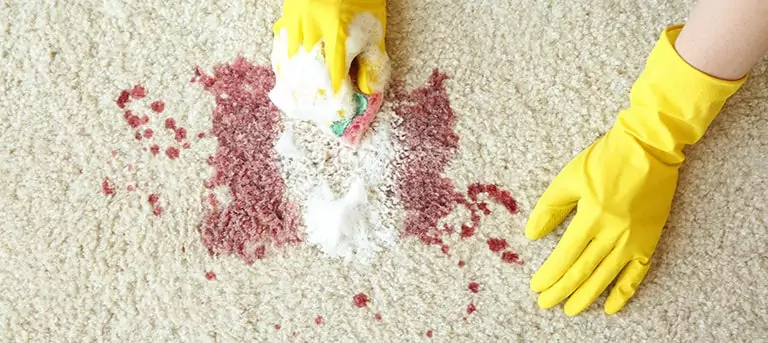
Cleaning with Biosurfactants
In your search for environmentally friendly cleaning ingredients, you’ve likely come across the term ‘biosurfactants’. Do you know what they are – and what they do in bio-enzymatic cleaners? Read on to become armed with the knowledge you need to make informed formulation decisions. What is a Biosurfactant? A biosurfactant is a biologically derived substance that helps reduce the surface tension of a liquid in which it’s dissolved. In the context of industrial and institutional cleaning, biosurfactants can be produced by a variety of microorganisms and help breakdown difficult-to-degrade materials like fats, oils and grease (FOG). The biosurfactants produced by microbes in bio-enzymatic cleaners are considered safe with few environmental repercussions surrounding their use. They are widely considered to be non-harmful to both human and animal health and are easily degradable. How Do Biosurfactants Work in Bio-Enzymatic Cleaners? Biosurfactants can help boost the degradation of stains within bio-enzymatic cleaners. First, they reduce the surface tension between two otherwise unmixable liquids (think oil from a stain and water from the cleaner base), combining the two liquids together. With the two liquids blended, the microorganisms within the bio-enzymatic cleaner can digest the oil molecules, helping to remove the stain. Additionally, like traditional cleaners without […]
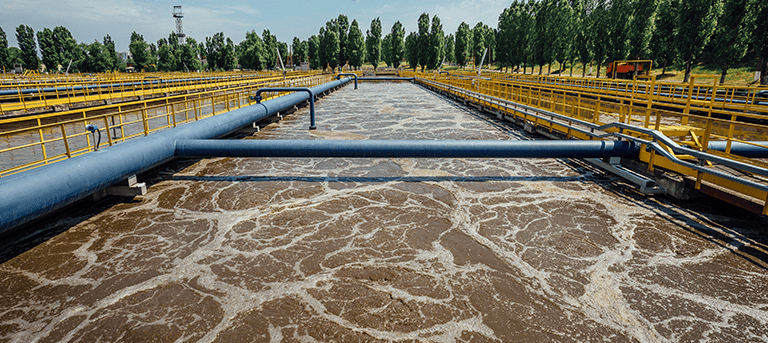
Resolving Toxic Upsets: Quats in Wastewater
Earlier in this article series, we touched on how bioaugmentation treatments for wastewater have been around for 50+ years to help resolve toxic upsets. We also explored how Bacillus, a certain genus of bacteria that can be used in microbial treatments, are resilient to oxidizers. Today, we’ll examine how Bacillus are resistant to another powerful but non-oxidizing anti-microbial: Quats. What are Quats? Quaternary ammonium compounds (QAC, also referred to as “Quats”) are potent disinfectant ingredients found in both household and industrial cleaners. Some common examples are benzalkonium chlorides (BAC, BZK, BKC), alkyl dimethyl benzyl ammonium chlorides (ADBAC) and several other compounds identified by the words ‘ammonium chloride’ at the end of their names. How Quats Work Quats kill bacteria by puncturing or disorganizing the cell membrane, leading to interior component leakage and ultimately cell death. The use of Quats is especially common in food processing plants as tools for combating bacterial growth and contamination in the end-product. While this is effective for facility sanitization, it can potentially lead to problems in wastewater systems as they depend upon their inherent microbial community to function properly. Effects of Quats in Wastewater When a toxic substance like a Quat enters a wastewater system, it can drastically alter the […]
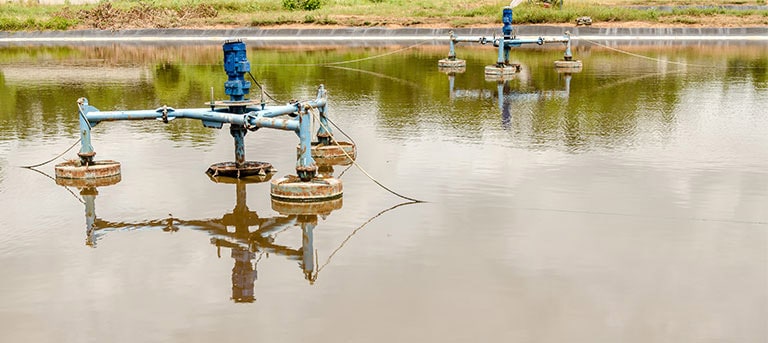
Optimizing WAS Holding Systems
Before we walk through how to help your customers optimize their WAS holding systems, it’s important to understand how they work. How does a WAS Holding System work? Waste Activated Sludge (WAS) holding systems are a common part of operations in wastewater treatment plants (WWTPs). A WAS holding system, typically in the form of a sludge tank or lagoon, holds sludge after it has been wasted or removed from a clarifier. WAS systems may have aeration and mixing to help digest more sludge before hauling. Some systems will only hold sludge until it’s hauled away (liquid disposal), while others will concentrate the sludge by periodically allowing the sludge to settle and remove water from the top (decanting). After the sludge leaves the WAS holding system, it’s dewatered through a sludge press and disposed of or hauled as liquid. Getting to the Bottom of It If you ask an operator if they have any pains or issues, they may say, “I don’t”. However, they may not know if they do if their system has consistently under-performed and it’s always been that way. Typically, until they see a 20-50% reduction in sludge hauling along with reduced odor and labor costs, they may continue to think […]
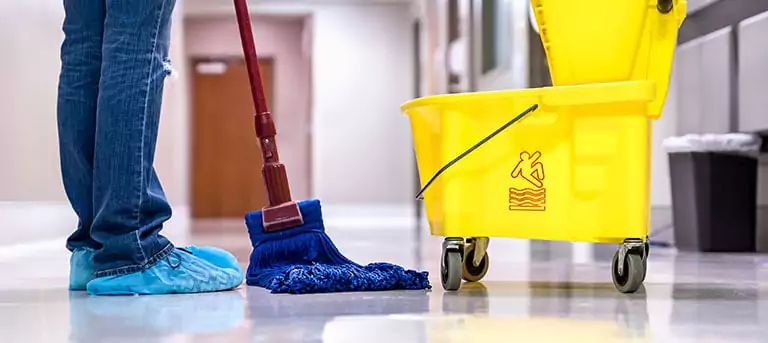
What’s Inside a Bio-Enzymatic Cleaner?
With environmentally friendly cleaners continuing to trend, more and more chemical manufacturers want to know – what’s inside a bio-enzymatic cleaner? In this article, we’ll walk through some of the common building blocks within formulations. Not all ingredients are essential for every product as it depends upon the application, but by understanding each element, you’ll know what you may want to request when discussing products with a manufacturing partner like us. Microorganisms A foundational ingredient to many bio-enzymatic cleaners are live microorganisms. At MDG, we manufacture a type of rod-shaped bacteria called Bacillus that can be used in janitorial and sanitation cleaning solutions to reduce fats, oils, grease (FOG) and the sources of odor in carpets, hard surfaces, bathroom utilities and other applications. Enzymes Enzymes are proteins that are commonly produced by microorganisms, including Bacillus, that speed up specific chemical reactions to help break down complex materials like fat, oil, grease and even paper products! Adding enzymes to industrial and institutional bio-enzymatic products such as household cleaners and odor removers can accelerate the cleaning process and increase effectiveness. These enzymes act immediately, allowing microorganisms present to metabolize the nutrients efficiently. Surfactants Surfactants are commonly added to cleaners to act as a detergent, wetting agent, […]